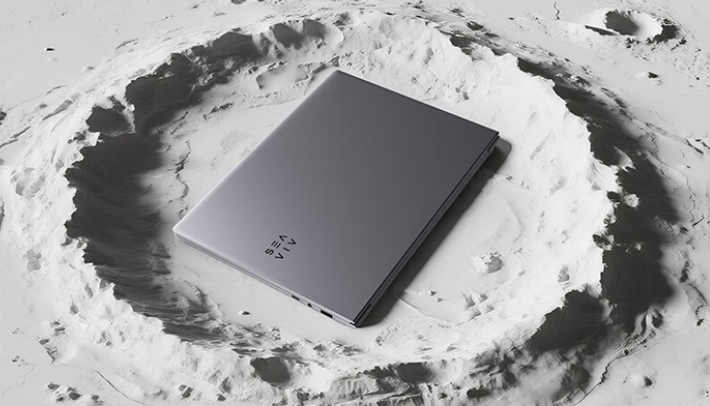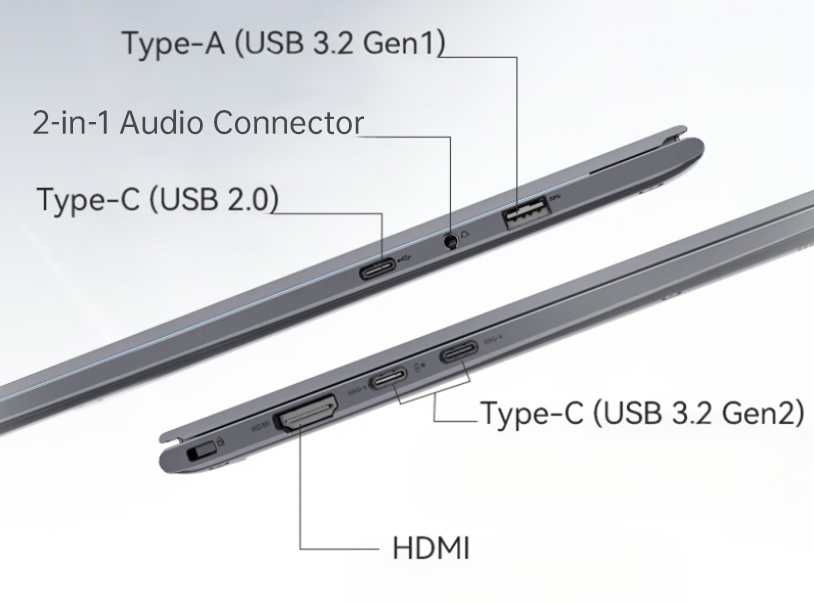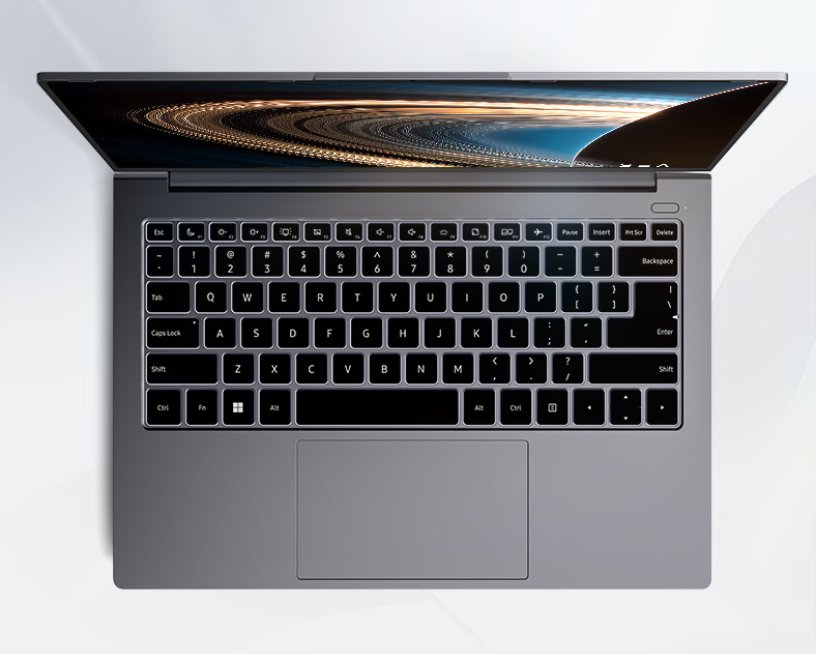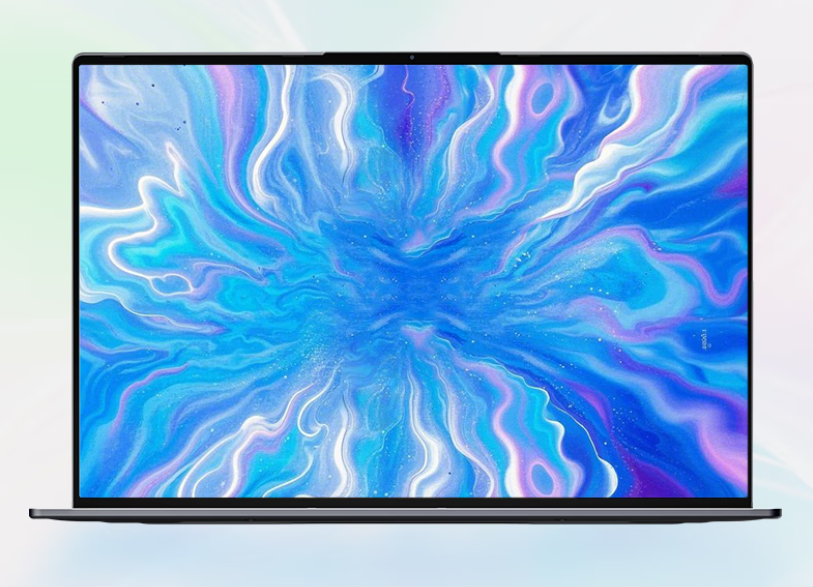
The AideaBook R14 notebook launched by SEAVIV redefines the new standard for ultra-thin and powerful computing books with an ultimate combination of slimness and performance. The entire device is made of aviation-grade aluminum magnesium alloy, weighing no more than 980g and measuring only 15.95mm in thickness, making it lightweight and portable. It weighs as much as two bottles of mineral water, allowing students, newcomers to the workplace, and entrepreneurs to carry it easily without worrying about the burden of travel. The 180° open design meets multiple usage scenarios, allowing flexible adjustment of the viewing angle to enhance the user experience.

In terms of performance, the AideaBook R14 is equipped with an AMD Ryzen™ 7 260 high-performance processor and a discrete graphics-class AMD Radeon™ 780M graphics card. It features 8 cores and 16 threads, with an accelerated frequency of up to 5.1GHz, easily handling multitasking and complex calculations. The combination of 32GB of memory and a 1TB PCIe Gen4 high-speed solid-state drive ensures rapid reading and massive storage, seamlessly connecting creativity and inspiration. With a maximum of 38 TOPS mixed computing power, paired with a smart AI assistant, it realizes real-time meeting notes, intelligent information retrieval, and other functions, improving work efficiency by up to 70%.

Regarding battery life, the AideaBook R14 also performs excellently. The 60Wh smart lithium battery, paired with a 65W ultra-light gallium nitride power adapter, can achieve over 10 hours of ultra-long battery life, meeting the needs of all-day learning and office work. The original color 2.2K ultra-clear screen has a 100% sRGB color gamut, high color reproduction, supports global DC dimming, effectively alleviating visual fatigue. Three stylish colors—Tundra Blue, Meteor Gray, and Interstellar Silver—meet individual needs, allowing professional equipment to become a fashionable accessory on the go.

What are ESD components, and what is their importance in mobile phones? The significance of built-in ESD components.
ESD components are specialized electronic components designed to protect electronic devices from the effects of electrostatic discharge (ESD). Electrostatic discharge is a sudden release of electrical charge that can potentially damage electronic devices, leading to device malfunctions or a shortened lifespan. ESD components are designed to absorb, conduct, or dissipate electrostatic discharges to prevent damage caused by static electricity.
In mobile phones, the primary role of ESD components is to protect the internal electronic components from the harm caused by electrostatic discharge. Various circuits and components inside the phone are highly sensitive to ESD, which is why multiple ESD components are typically used in the phone’s design to provide protection. These components may include diodes, ESD diode, MOSFET and more.
Specifically, ESD components in a mobile phone may serve the following purposes:
Interface Protection: Various interfaces of the phone, such as the charging port and headphone jack, may require ESD components to prevent damage from electrostatic discharge.
RF Circuit Protection: RF circuits in mobile phones are highly sensitive to ESD and require ESD components to safeguard these critical circuits.
Processor and Memory Protection: Processors, memory, and other crucial components in the phone also require ESD protection to ensure the device’s normal operation.
Touchscreen and Display Protection: The touchscreen and display are integral parts of a mobile phone that also require ESD components to prevent static electricity damage.
In summary, ESD components play a crucial role in protecting the internal electronic components of a mobile phone from damage caused by electrostatic discharge, ensuring the phone’s proper operation and longevity.